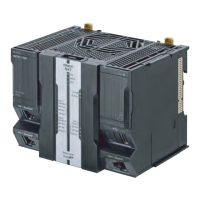*1 The decimal (p[ ,s]) and numeric (p[ ,s]) are expressed in the short form where the number of digits
after the decimal point (s) is omitted. When the short form is used, the number of digits after the
decimal point (s) is 0. If the number of digits after the decimal point (s) is not omitted and 1 or
greater numerical value is set, only the integer portion of the value is applicable.
*2 Integer in units of nanoseconds
*3 Digit overflow may occur even in the above data types due to the difference in the valid range.
Example: When the data type in DB is decimal(3) and the data type in NJ/NX-series Controllers is
USINT:
decimal(3)’s range: 0 to 999
USINT’s range: 0 to 255
*4 The significant figures are 15 digits. When the data is written to the DB by a DB Connection
Instruction, a value rounded to four decimal places is written.
Example: When 1.79769 is written to the DB, 1.7977 is written.
*5 The significant figures are 7 digits. When the data is written to the DB by a DB Connection
Instruction, a value rounded to four decimal places is written.
Example: When 1.79769 is written to the DB, 1.7977 is written.
*6 The accuracy is milliseconds.
*7 A NULL character is attached to the end of each text string. Therefore, you need to set the value
that is one byte bigger than the number of bytes of the DB’s data type for the number of bytes to be
used in STRING data.

